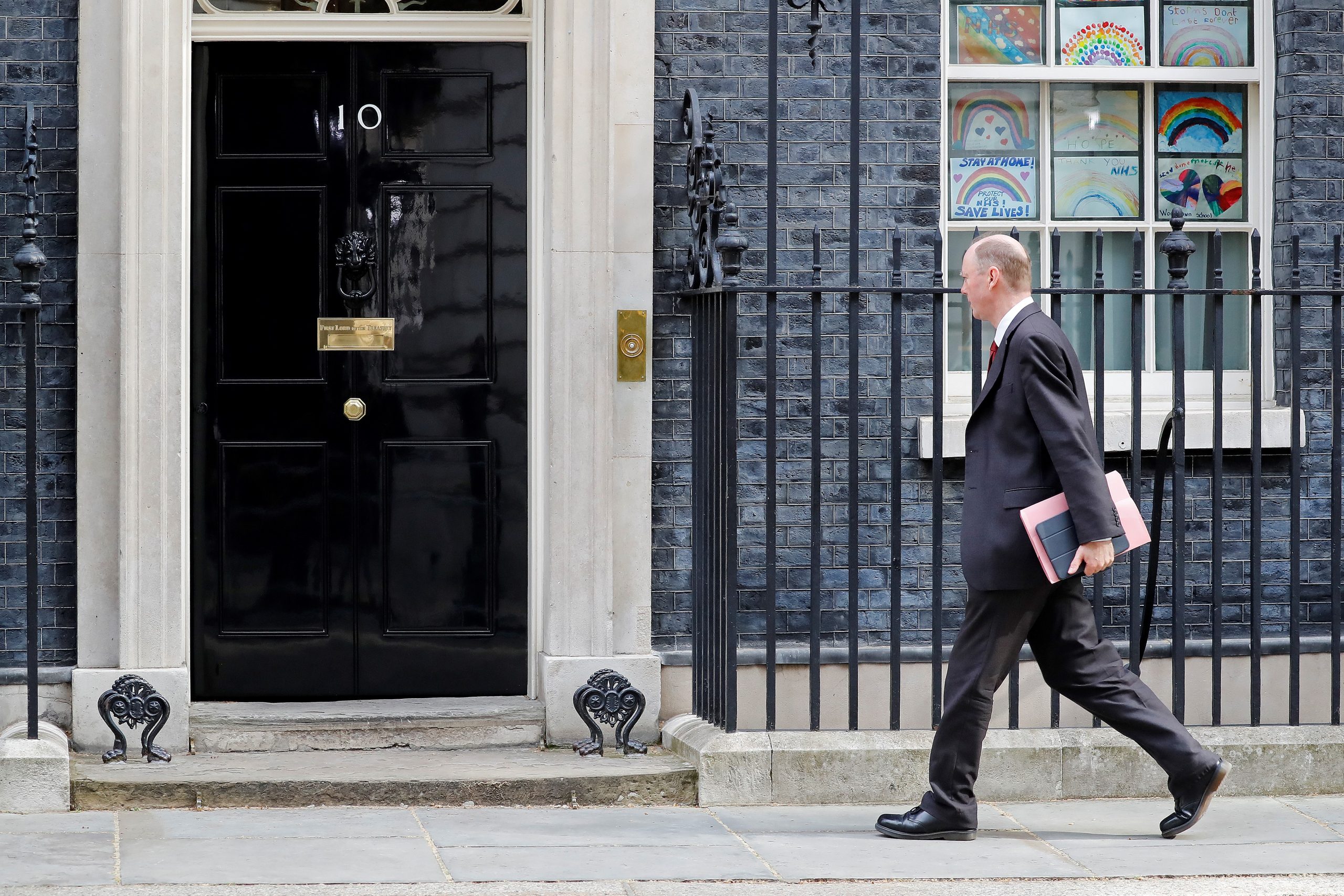
The government has promised to announce tweaks to existing lockdown arrangements, but there is increasing disagreement over the proposed changes. The controversy is focused primarily on draft “back to work” guidelines for businesses, which have been criticised by the TUC for being vague and for putting lives at risk because they allow employers to decide what is safe when it comes to distance between workers, cleaning practices and the use of PPE.
This isn’t, however, just a debate about what comes next, but rather a very belated realisation of the existing inadequacies and confusions in the guidance under which we have been living for weeks.
Since the beginning of the lockdown, the government has left it to the discretion of employers to decide whether to continue working if social distancing guidelines cannot be met. With huge parts of the economy shut down temporarily and white-collar employees largely working from home, there has been very little public attention paid to the conditions of those in construction, farming, transport, essential retail, manufacturing and the other sectors that have had the option to remain open.
For these, the official advice has been to adhere to social distancing “wherever possible”, and where it isn’t possible, to “consider whether that activity needs to continue for the business to continue to operate, and, if so, take all the mitigating actions possible to reduce the risk of transmission between staff”. Only now are these non-binding guidelines being held up to scrutiny.
As for the heated discussion over what the guidelines should be for the over-70s, the debate has simply exposed huge confusion over what advice has applied to this age group since the start of the crisis. Unfortunately, no one noticed the glaring lack of clarity on this issue until the Sunday Times splash was criticised by the Health Secretary for getting the existing guidelines wrong.
The Health Secretary, and the guidance online, has made it clear that only those who received a letter from the NHS advising them to shield themselves in this period were supposed to stay at home for 12 weeks. The over-70s and other at-risk groups were only advised to “take particular care to minimise contact with others outside your household”. But when Boris Johnson outlined shielding plans on 16 March, he said it would “be necessary to ensure that those with the most serious health conditions are largely shielded from social contact for around 12-weeks”, adding: “This advice about avoiding all social contact is particularly important for people over 70, for pregnant women and for those with some health conditions.”
In the end, it boils down to a somewhat confusing distinction between the “clinically vulnerable” and the “clinically extremely vulnerable”.
After weeks of debate over whether advice for the over-70s has been patronising and whether there would be a backlash if the advice were to continue, only now is it clear that not everyone has been singing from the same hymn sheet. Who knows how many in this age group have stayed completely at home for this period due to a lack of clarity.
On both the conditions for precarious blue-collar workers and for the over-70s, the exposed confusion gives multiple pauses for thought. As journalists, have we paid insufficiently careful attention to how exactly the lockdown affects these groups that, in different ways, are both vulnerable and prone to being overlooked? Caught up in a newscycle with certain stories trending and then suddenly being dropped, did we momentarily forget to double- and triple-check certain guidelines? And, on a different note, how did the government not notice the confusion over its own guidelines for the over-70s?
Perhaps it has benefited from what might be called “constructive ambiguity” in both cases: over-70s have understood a requirement to stay entirely shielded without that being the official advice, and certain sectors have allowed workers to continue working in unsafe conditions due to vague and non-binding guidelines from government. But constructive ambiguity is, of course, not the sort of thing journalists, opposition politicians or other scrutinising bodies should accommodate, especially in a crisis.






